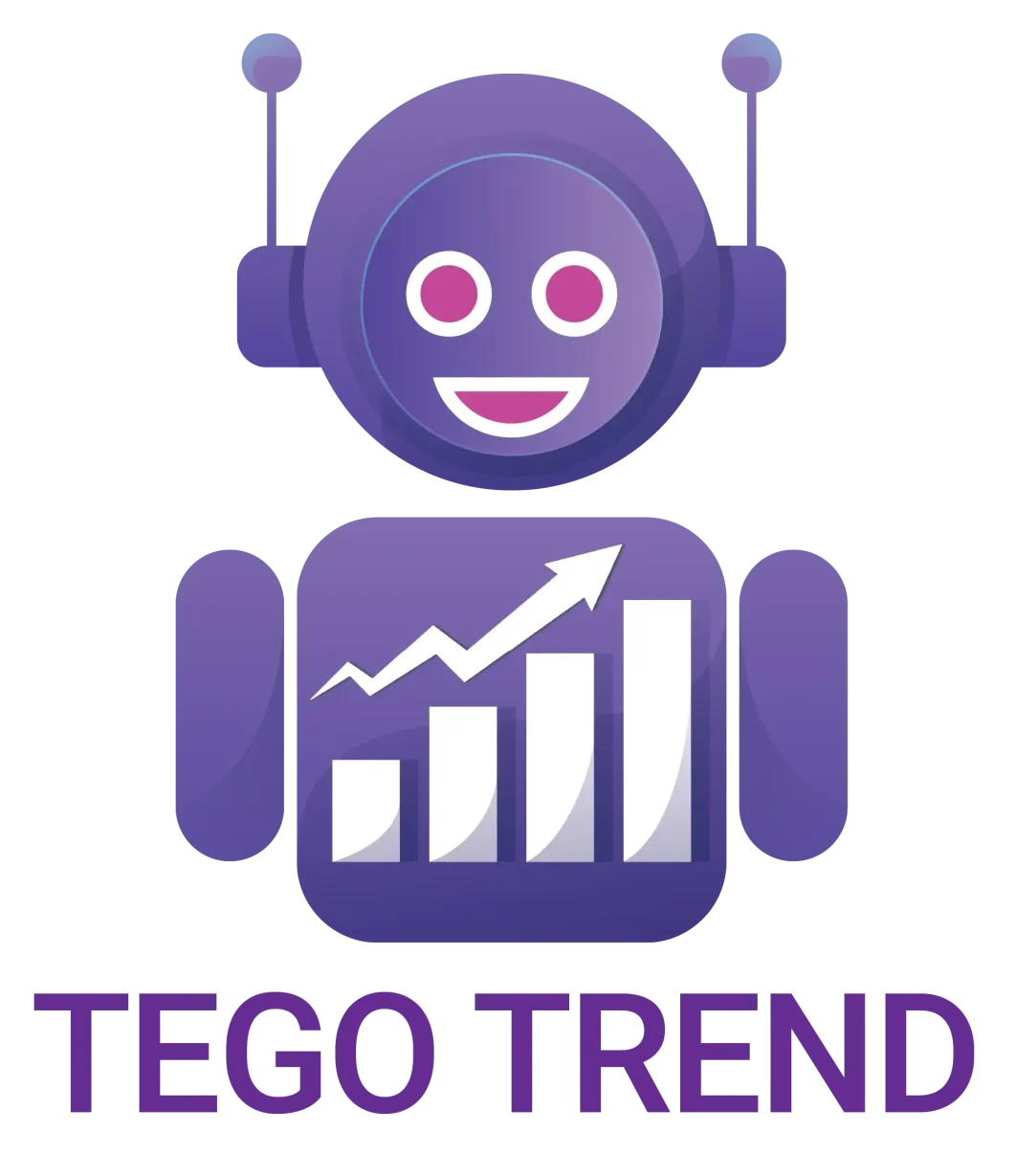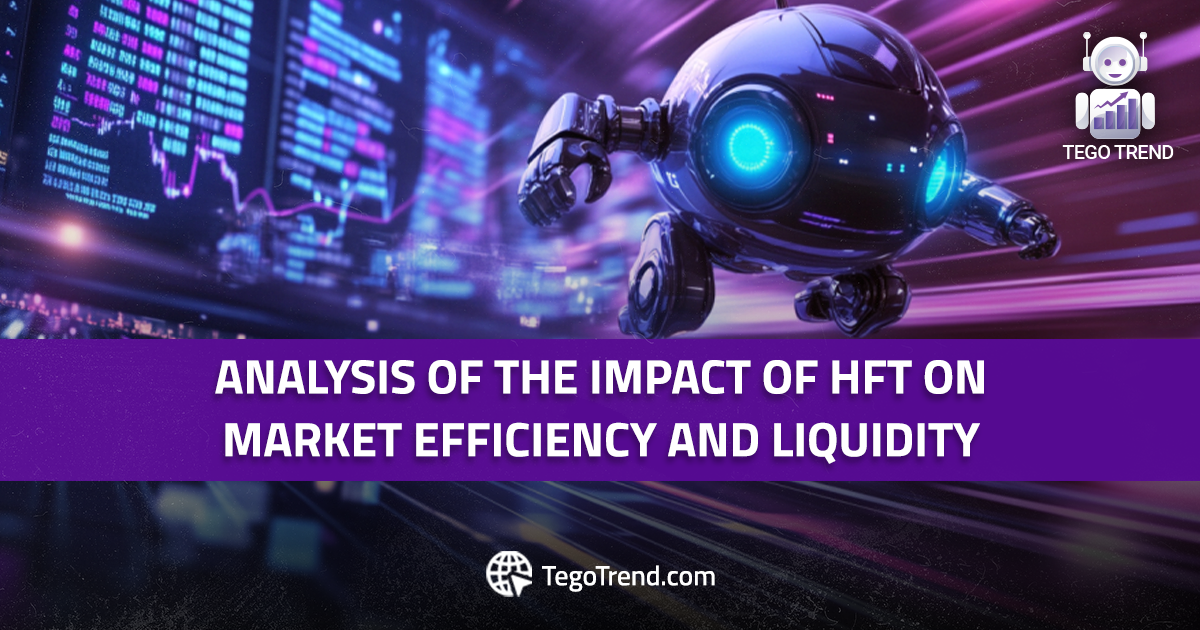Analyzing the Impact of HFT on Market Efficiency and Liquidity
High-Frequency Trading (HFT) is one of the most influential phenomena in modern financial markets. This strategy relies on advanced algorithms capable of executing a massive number of trades in fractions of a second, altering traditional market dynamics. HFT sparks widespread debate among economists and investors, as some believe it enhances market efficiency and liquidity, while others warn of its potential risks and impact on market stability.
In this article, we will provide a comprehensive analysis of how high-frequency trading affects market efficiency and liquidity, highlighting its advantages and challenges, and offering insights into future trends in this field.
What is High-Frequency Trading (HFT)?
HFT is a type of automated trading that uses sophisticated algorithms and computer software to process vast amounts of data in record time and execute trades at extremely high speeds. HFT firms rely on low-latency servers and advanced infrastructure to exploit small price differences across thousands of trades daily.
Key Characteristics of HFT:
- Ultra-Fast Trade Execution: Orders are sent and executed in milliseconds, allowing traders to capitalize on minute price movements.
- Use of Advanced Algorithms: HFT relies on artificial intelligence and machine learning to analyze market data and respond to real-time changes.
- High Trading Volumes: A large number of trades are executed in a very short time, making profits dependent on volume rather than profit margins per trade.
- Short Holding Periods: Positions are typically closed within seconds or minutes, reducing exposure to long-term market risks.
How Does HFT Work?
HFT operations rely on a set of advanced strategies and techniques that enable highly efficient trade execution, including:
- Statistical Arbitrage: Analyzes historical price patterns to identify profitable opportunities based on probabilistic distributions of financial data.
- Latency Arbitrage: Exploits minor time differences in prices across different exchanges due to variations in order execution speeds.
- Market Making: Provides continuous liquidity by placing buy and sell orders with a small spread, improving market liquidity.
- Fast Order Execution: HFT firms benefit from physical proximity to exchange data centers, reducing order response times and gaining a significant competitive edge.
The Impact of HFT on Market Efficiency
Enhancing Market Efficiency
HFT enhances market efficiency through several mechanisms, including:
- Improved Price Discovery: HFT algorithms adjust prices rapidly based on new information, reducing instances of pricing inefficiencies.
- Narrowing Bid-Ask Spreads: The presence of HFT traders reduces the gap between bid and ask prices, making trading more cost-effective for traditional investors.
- Better Pricing Mechanisms: HFT helps minimize pricing errors and reduces opportunities for mispricing exploitation.
Increasing Liquidity and Improving Order Execution
HFT provides additional market liquidity by continuously placing buy and sell orders, making it easier for investors to execute trades with minimal price impact.
Negative Effects of HFT
- Increased Unnatural Volatility (Flash Crashes)
Over-reliance on HFT can lead to sudden market collapses, known as “flash crashes,” where a series of automated orders cause sharp price declines within seconds. - Unequal Playing Field
HFT traders have a speed and infrastructure advantage that individual or small institutional investors lack, creating an unfair competitive edge. - Impact on Traditional Trading Strategies
The rise of HFT has changed the nature of financial markets, making it harder for traditional investors to compete in a high-speed environment.
Regulatory Measures to Mitigate HFT Risks
Given HFT’s profound impact on markets, regulators worldwide have implemented measures to curb its risks, such as:
- Transaction Taxes on High-Speed Trades: Aimed at reducing unnecessary trades and minimizing sharp volatility.
- Artificial Speed Bumps: Introduce small delays in order execution to reduce HFT’s impact.
- Limits on Rapid Order Cancellations: Prevent manipulative trading practices that can lead to irrational price movements.
High-Frequency Trading and the Future of Financial Markets
With rapid advancements in artificial intelligence and quantum computing, HFT is expected to continue playing a pivotal role in financial markets, potentially leading to:
- Increased Use of AI in Trading: Algorithms will become more adaptive to changing market conditions, improving HFT performance.
- Stricter Regulations: To ensure fairness among investors and reduce risks associated with unnatural volatility.
- Integration of HFT with Blockchain Technology: This could enhance transparency and reduce the impact of manipulative trading practices.
Conclusion
HFT is a double-edged sword in financial markets. While it enhances liquidity and pricing efficiency, it can also lead to sharp volatility and an uneven playing field among traders. The impact of HFT largely depends on how it is used and the regulatory frameworks governing it. For financial institutions and professional investors, understanding HFT is essential for developing trading strategies that can adapt to these evolving dynamics.
You can learn about automated trading through our Automated Trading Learning Series on our YouTube channel via the following link:


